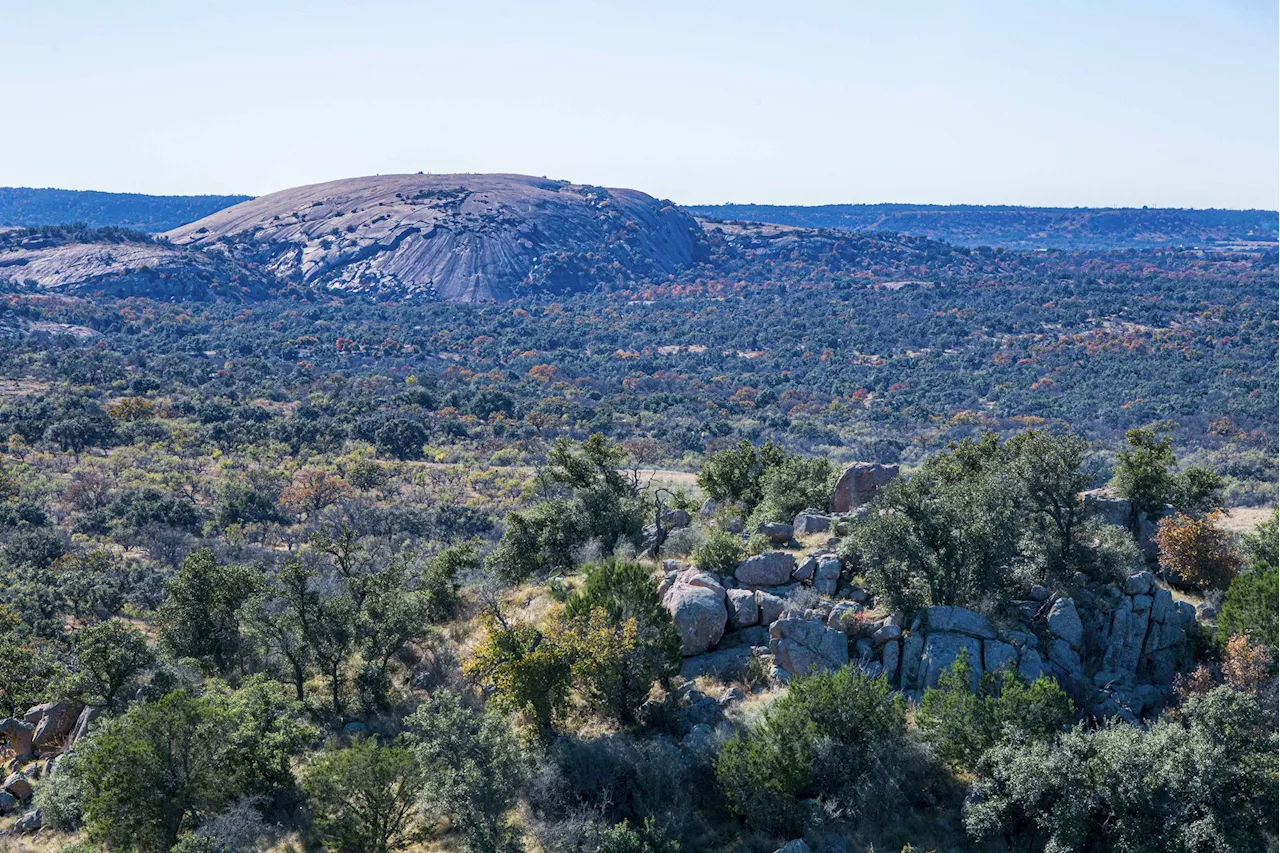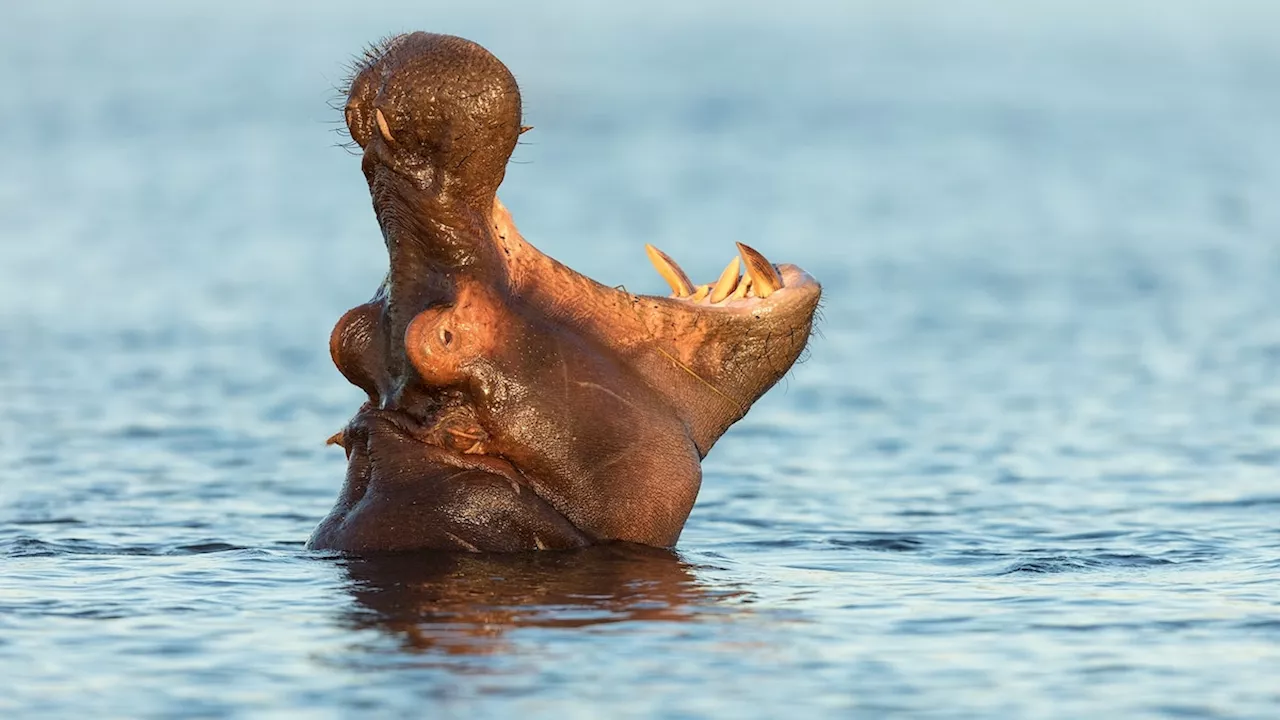Embark on an unforgettable nine-day safari adventure tracing the Zambezi River and sailing Lake Kariba, where land and water safaris offer unparalleled wildlife encounters. From Nile crocodiles to elephants, giraffes, and lions, experience the raw beauty and diversity of Africa's natural world.
Crossing the borders of Namibia, Botswana, Zambia and Zimbabwe, land and water safaris follow the flow of the Zambezi to Lake Kariba, where a cruise offers unparalleled wildlife encounters. Two small, beady eyes are watching me. I’m close enough to see light swirling around the green irises, the black pupils reduced to the thinnest of slivers. It’s a lazy, passive, even dismissive look that’s cast my way by a ruthless killer whose craft has been honed for millennia.
I can’t help but feel like prey that’s just been evaluated and deemed unworthy, but I don’t believe it for a second. Instead, I watch back. I take my time carefully examining each one of the pearly whites sticking out of the jaw. They’re used to tearing through skin, ripping apart flesh and breaking bone, just like the sharp claws resting next to them. This opportunist can wait days, even weeks for the perfect kill. Unmoved, unbothered, just poised in death-like stillness ready to strike. I’m totally unprepared for when the head suddenly snaps in my direction and I jolt back from the edge of the boat. I’m meant to be watching it back, but instead I’ve been lulled into submission by a 13-foot Nile crocodile and now I have a front seat as it slithers into the fast waters of the Zambezi. The encounter is a sign of what’s to come during my nine-day adventure, tracing the dips and curves of the Zambezi and traversing the world’s largest man-made body of water by volume, Lake Kariba, on CroisiEurope’s southern Africa safari cruise. And I soon find out, it’s not just the crocodiles watching. Several pairs of eyes look at our quietly drifting boat suspiciously. A twitch of an ear, a puff through the nostrils. Heads dip below the water as if someone’s playing invisible whack-a-mole. The hippos are curious but shy and quite cautious; they also don’t have to come back up for air for another five minutes or so. A land safari in Zimbabwe’s lakeside Matusadona National Park is a must for spotting local wildlife in its natural habitat.“Keep looking,” my guide Tracy Otchoumou urges. “You’ll see some more.” It’s September, at the very tail end of the dry season in southern Africa. And because of recent subpar rainy seasons, the contrast between the lush green banks of the river and the barren landscape mere steps away is stark. It also compels the animals to congregate where water is still plentiful. This means that the next day — combining land and water safaris in Chobe National Park on the banks of the Chobe River, a tributary of the Zambezi in northern Botswana — brings a breathtaking array of animal sightings. “Let the animals choose you. Whatever you’re meant to see, you’ll see,” Tracy had said earlier that morning. I’ve decided to obey — after all, it’s my first safari and a little luck wouldn’t hurt — so I leave all my expectations at the Sedudu Gate, through which we arrive as Tracy reminds us: “You must open your chakras and let the animals come to you.” And, boy, do they come. I watch giraffes graze on acacia trees, young baboons play-fight and a crafty jackal follow impalas. In this moment, I’m also reminded of the realities of African wildlife when I spot lions snoozing after feasting on a baby elephant and vultures picking out what appear to be pieces of brain through a dead water buffalo’s eye socket.But it’s once we set out on water, exploring the riverbanks, that I get to see a different side of Africa. Yes, dry season paints the landscape with a desolate brush, but it’s also alive and thriving when you’re on or by water. I’m instantly mesmerised by a herd of elephants bathing, drinking and frolicking around in the mud. An older female gently guides a youngster, about three years old, through the art of mud baths at elephant spa. “Their skin is extremely sensitive, so after bathing they have to kick up dirt or use mud to protect themselves from insect bites,” Tracy explains. I watch as these giants take care getting the dirt and mud into every skin fold and crevice. Observing their daily rituals feels more special than just watching them graze or lazily stomp across the land. The boat sails on and we continue to cross paths with crocodiles, elephants again, water buffalos and more bird species than I can count. It’s just the hippos that continue to evade me throughout my time in Botswana. The southern red-billed hornbill is a native bird species found in the drier bushlands in southern Africa and nests in natural tree cavities.Life on board the African Dream likes to flow in the slow lane. This eight-cabin luxury ship will be my home for half of the trip, sailing Lake Kariba on the Zimbabwe-Zambia border. Unhurried days are spent heading out on land and water safaris, docking at a new location each night. Following lectures on history and local life, conversations flow long into the night, when we’re treated to French-inspired three-course meals — a nod to the company’s roots — and an endless star-speckled sky
AFRICA WILDLIFE SAFARI ZAMBESI RIVER LAKE KARIBA CROCODILES ELEPHANTS GIRAFFES LIONS CROISIEUROPE SOUTHERN AFRICA
United States Latest News, United States Headlines
Similar News:You can also read news stories similar to this one that we have collected from other news sources.
 Texas Science & Natural History Museum Celebrates Wildlife at Texas Wildlife DayJoin the Texas Science & Natural History Museum for a day of fun and learning dedicated to the diverse wildlife of Texas, past and present. Explore engaging activities, meet fascinating creatures, and discover the wonders of Texas nature.
Texas Science & Natural History Museum Celebrates Wildlife at Texas Wildlife DayJoin the Texas Science & Natural History Museum for a day of fun and learning dedicated to the diverse wildlife of Texas, past and present. Explore engaging activities, meet fascinating creatures, and discover the wonders of Texas nature.
Read more »
 Texas Parks and Wildlife Doubles Size of Enchanted Rock State Natural AreaThe Texas Parks and Wildlife Department (TPWD) has acquired 3,073 acres of land adjacent to Enchanted Rock State Natural Area, effectively doubling the park's size. The $43 million purchase expands the park to 6,000 acres, offering additional opportunities for recreation. TPWD plans to develop a public input process to determine how the newly acquired land will be utilized.
Texas Parks and Wildlife Doubles Size of Enchanted Rock State Natural AreaThe Texas Parks and Wildlife Department (TPWD) has acquired 3,073 acres of land adjacent to Enchanted Rock State Natural Area, effectively doubling the park's size. The $43 million purchase expands the park to 6,000 acres, offering additional opportunities for recreation. TPWD plans to develop a public input process to determine how the newly acquired land will be utilized.
Read more »
 Socialite and Wildlife Enthusiast Lea Wildenstein to be Cremated, Ashes Sent to AfricaLea Wildenstein, known for her philanthropy and passion for wildlife, will be cremated and her ashes will be sent to Africa following her death on December 31st. Her fiancé, Lloyd Klein, shared that she will be remembered at a private funeral in Paris before the cremation. Wildenstein's ashes will be interred on a ranch, where her mother is also buried, fulfilling her desire to be close to family in death.
Socialite and Wildlife Enthusiast Lea Wildenstein to be Cremated, Ashes Sent to AfricaLea Wildenstein, known for her philanthropy and passion for wildlife, will be cremated and her ashes will be sent to Africa following her death on December 31st. Her fiancé, Lloyd Klein, shared that she will be remembered at a private funeral in Paris before the cremation. Wildenstein's ashes will be interred on a ranch, where her mother is also buried, fulfilling her desire to be close to family in death.
Read more »
 Off-Duty Officer Involved in Fatal Shooting After Witnessing Stabbing in ChicagoAn off-duty Chicago police officer fatally shot a suspect after witnessing a stabbing on the Northwest Side. The incident sparked renewed criticism of the judicial system's handling of domestic violence cases, as the suspect had a history of violence and was released on electronic monitoring despite a pending order of protection.
Off-Duty Officer Involved in Fatal Shooting After Witnessing Stabbing in ChicagoAn off-duty Chicago police officer fatally shot a suspect after witnessing a stabbing on the Northwest Side. The incident sparked renewed criticism of the judicial system's handling of domestic violence cases, as the suspect had a history of violence and was released on electronic monitoring despite a pending order of protection.
Read more »
From Fan to Contender: Raiders' Crosby Witnessing Detroit Lions' ResurgenceDetroit Lions linebacker, Malcolm Crosby, reflects on the team's historic turnaround from perennial loser to Super Bowl contender. Having grown up a Lions fan during their darkest years, Crosby now watches them flourish under coach Dan Campbell. He compares their journey to the Las Vegas Raiders, his current team, which has struggled to find consistent success.
Read more »
 Joe Rogan Recalls Witnessing a Death During a California Wildfire While Filming 'Fear Factor'Joe Rogan, the popular podcaster and former host of 'Fear Factor,' shared a chilling story of witnessing a death during a wildfire while filming the TV show. This experience occurred during a drive back from a filming location, where Rogan saw a man struck by a car while running across a highway engulfed by flames. Rogan emphasized the intensity of the fire, describing it as a storm and recalling seeing fire tornadoes. His account provides a firsthand perspective of the destructive power of wildfires and the dangers they pose.
Joe Rogan Recalls Witnessing a Death During a California Wildfire While Filming 'Fear Factor'Joe Rogan, the popular podcaster and former host of 'Fear Factor,' shared a chilling story of witnessing a death during a wildfire while filming the TV show. This experience occurred during a drive back from a filming location, where Rogan saw a man struck by a car while running across a highway engulfed by flames. Rogan emphasized the intensity of the fire, describing it as a storm and recalling seeing fire tornadoes. His account provides a firsthand perspective of the destructive power of wildfires and the dangers they pose.
Read more »
